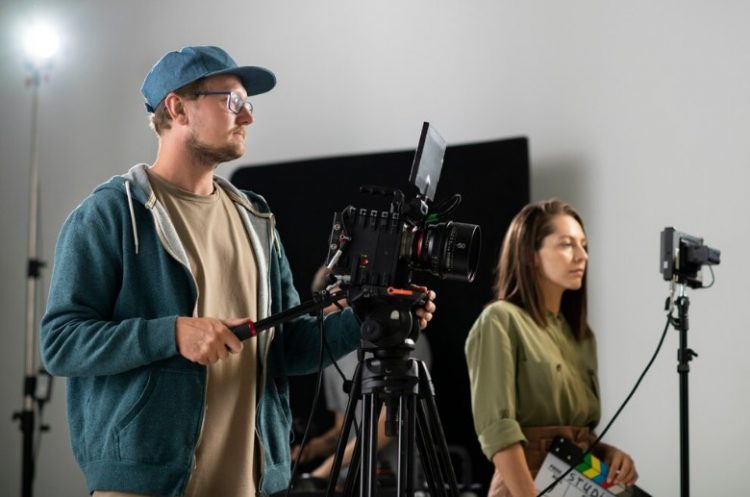The editing phase of a documentary film is a transformative journey where the raw footage captured during production is meticulously crafted into a compelling and cohesive narrative. Editing plays a pivotal role in shaping the viewer’s experience, weaving together interviews, scenes, and visuals to tell a powerful and engaging story. In this comprehensive guide, we’ll explore the intricate process of editing a documentary film production.
Organizing and Ingesting Footage
The first step in the editing process is organizing and ingesting the vast amount of footage acquired during production. Create a systematic file management system to label and categorize the media. Ingest the footage into the editing software, ensuring that all files are backed up to prevent any data loss.
Reviewing and Logging Footage
Before diving into the editing, review and log the footage. Take detailed notes on the content of each clip, identifying key moments, interviews, and scenes. This process provides a comprehensive overview of the material and aids in creating an initial structure for the documentary.
Crafting a Rough Assembly
Begin the editing process by creating a rough assembly of the documentary. Arrange the footage based on the initial script or outline, placing scenes and interviews in chronological order. This rough cut serves as a foundation for the evolving narrative and provides a glimpse of the overall pacing and structure.
Refining the Narrative Structure
As the editing progresses, focus on refining the narrative structure. Experiment with different sequencing of scenes and interviews to find the most engaging and cohesive flow. Consider the emotional arcs, thematic elements, and pacing to create a compelling structure that captivates the audience.
Weaving Interviews and B-Roll Footage
Integrate interviews seamlessly with B-roll footage to create a visually dynamic documentary. Weave the visuals and spoken narrative together to enhance the storytelling. Pay attention to the rhythm and pacing, allowing each element to complement the other and maintain viewer engagement.
Addressing Transitions and Continuity
Smooth transitions between scenes and interviews are essential for maintaining the viewer’s immersion. Pay attention to continuity, ensuring a seamless flow between shots. Experiment with various transition techniques, such as cuts, dissolves, or wipes, to find the most effective approach for your documentary.
Refining the Interview Soundtrack
Documentaries often rely on interviews as a primary storytelling device. Focus on refining the soundtrack of the interviews, paying attention to clarity, volume, and emotional resonance. Use sound design techniques to enhance the impact of key moments, ensuring the audio quality aligns with the visual storytelling.
Incorporating Music and Sound Design
Collaborate with composers and sound designers to incorporate music and sound design elements into your documentary. Music should enhance the emotional tone, while sound design adds depth and authenticity. Integrate these elements thoughtfully to create a rich auditory experience that complements the visuals.
Addressing Color Correction and Grading
Apply color correction and grading to ensure visual consistency throughout the documentary. Adjust color levels, contrast, and saturation to achieve a cohesive look. This step adds a professional polish to the visuals and contributes to the overall aesthetic appeal of the documentary.
Reviewing and Iterating
After completing the initial edit, take time to review the documentary in its entirety. Gather feedback from trusted colleagues, mentors, or test audiences. Use this feedback to identify areas for improvement, refine the narrative, and make necessary adjustments. An iterative approach is crucial for honing the documentary to its highest potential.
Finalizing the Edit
Once you’ve addressed feedback and made necessary revisions, finalize the documentary edit. Ensure that all elements, including visuals, sound, and graphics, are polished to meet the standards set during the editing process. This step prepares the documentary for distribution and public viewing.
Exporting and Distributing the Documentary
Export the final edited documentary in the desired format for distribution. Explore distribution options, such as film festivals, streaming platforms, television networks, or educational institutions. Develop a strategic distribution plan to reach your target audience and share your documentary with the world.
Editing a documentary film is a complex and artistic process that demands both technical proficiency and creative intuition. By carefully navigating the steps outlined in this guide—from organizing and ingesting footage to finalizing the edit—you can shape raw material into a captivating and impactful documentary. Remember, the editing room is where the director’s vision truly comes to life, leaving a lasting impression on audiences and contributing to the rich tapestry of documentary filmmaking.





